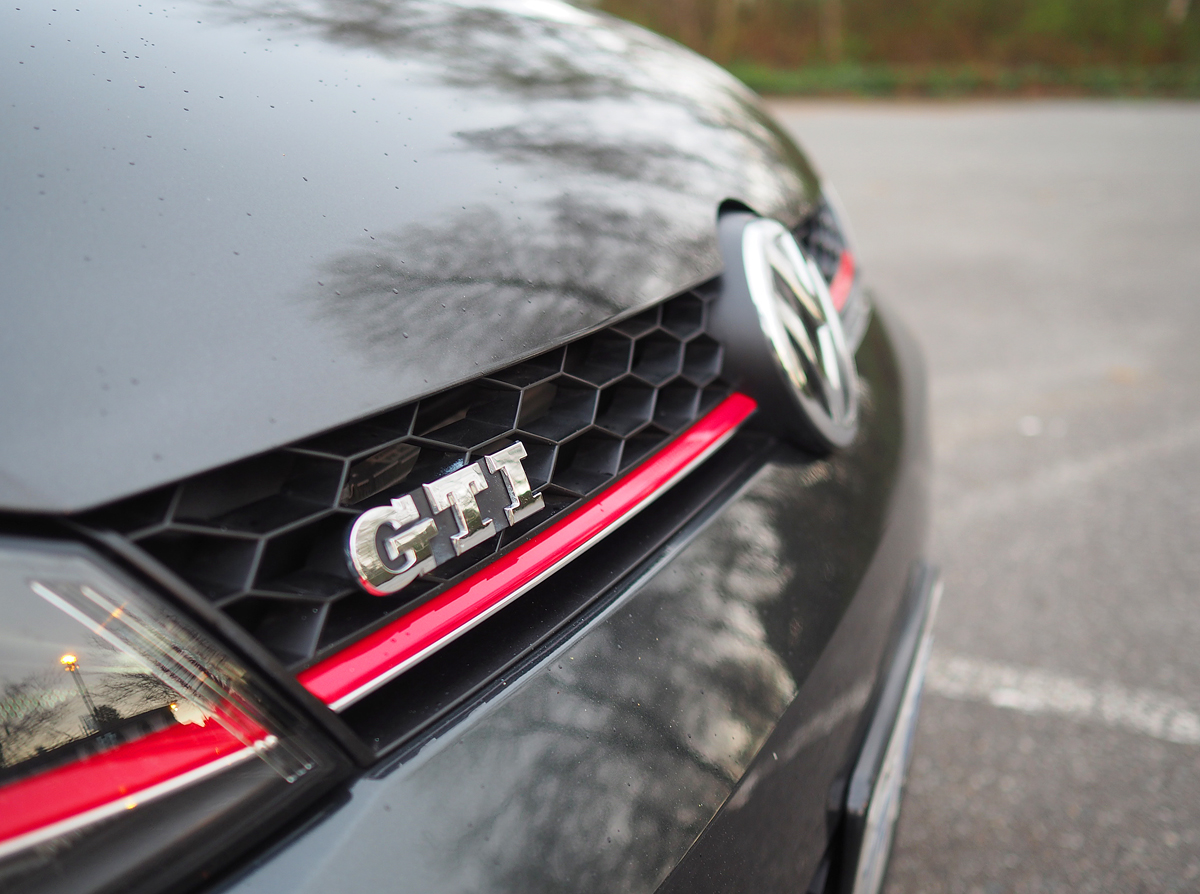Dual clutch transmissions explained


As is the story with lots of auto technology, dual clutch transmissions (DCT) were once primarily found on high-price tag, big horsepower machines and have slowly trickled down into vehicles that you might even find your mother driving. The term is thrown around all the time in reviews and marketing ads without much explanation, so we break down in this post what they are and why both manufacturers and enthusiasts like them.
Depending on the automaker, the technology may be called something else (i.e. Direct Shift Gearbox by Volkswagen), but the idea is the same. Basically, the DCT is made up of twin clutches surrounded by two separate transmissions. One controls the odd-numbered set of gears, and the other the even.

So for example when the car is at a stop in first, the second gear is already pre-engaged meaning the eventual shift is completed in mere milliseconds, rather than the significantly longer period of time it would take a driver to clutch-in, move the lever, and clutch out on a conventional standard transmission.
By definition, DCTs are essentially automatics since a computer calculates when shifts should take place according to velocity and user inputs. However, most setups allow the driver to manually initiate gear changes either via paddle shifters mounted behind the steering wheel or the transmission lever itself.
Another advantage of DCTs, besides its quick reaction time, is the ability to rev-match on downshifts. Similar to how a driver would use his or her foot blip the throttle before selecting a lower gear to bring the rpms up and ensure a smooth transition, a DCT-equipped vehicle will perform the task automatically, revving the engine to the precise speed required. The majority of systems even allow gear skipping — say from fifth to second — which is more efficient than rowing through each one individually.

